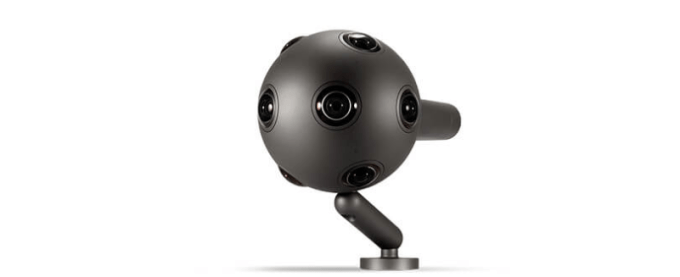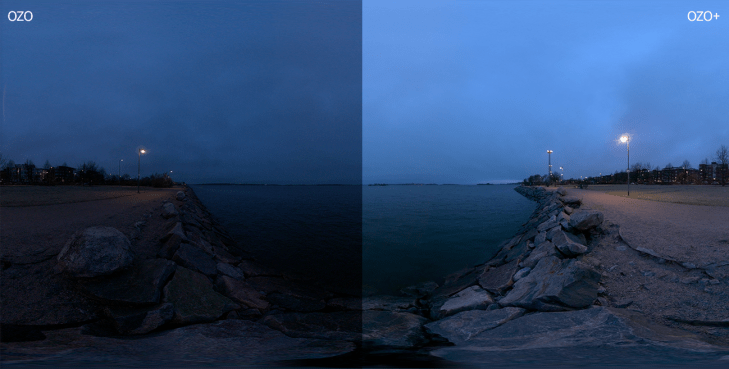Nokia may not be a company you’ve thought about much since it sold its handset division to Microsoft in 2014, but since then, the company has invested most of its time into growing out its communication businesses across the globe. They’ve also been throwing some early efforts behind high-end VR capture through its oddly beautiful $40,000 OZO virtual reality camera.

Today, Nokia is delivering a major update to its “OZO Reality Platform” that gives producers the ability to capture, edit and live stream VR footage in a cohesive package.
For a good deal of those in the virtual reality filmmaking industry, every shoot represents a new chance to 3D-print a rig that holsters a half dozen DSLRs frankensteined together. Others looking to capture VR are less adventurous, and OZO is sold as a high-quality rig that works reliably out of the box. The company’s OZO brand is about more than just the camera, however, as it builds a suite of software tools to enable more intimate VR editing and more seamless VR live streaming.
The company has delivered some firmware updates to its camera, which it’s now calling OZO+, giving it some new image processing wits, as well as the ability to export depth maps so that those capturing in VR can begin to experiment with “mixed reality” storytelling. I demoed a gamified 360 video where I was able to shoot rockets at skateboarders in a recorded video; it’s early days for this stuff, but there’s no doubt that having depth information could be useful to an advertising platform where you attach a buy button to a car as it drives into the distance or for an item of clothing. This depth data is captured in the file format OZO shoots with and can be tooled directly in OZO Creator.
For many VR creators, there’s a lot of frustration surrounding the infrastructure needs of virtual reality. Cameras can capture in 8K, but bandwidth limitations make streaming those raw feeds pretty rough. Nokia’s OZO Live platform will be adapting a technology similar to Facebook’s adaptive streaming for live video that will render the area of the 360 orb you’re looking at in full resolution, while the rest of the stream slugs around at a lower resolution. This strategy dramatically reduces the load on viewers’ internet connections and allows OZO to highlight the high-quality 4K-per-eye video that they’re capturing in the first place.
The company is launching with a number of content partners to give it the upper hand as it looks to tackle North America and Asian markets.
360-degree video is a pretty new medium for creators and, while no solution is perfect, Nokia is working to craft a brand that’s a little more polished and a little less hacker than what’s already out there.
